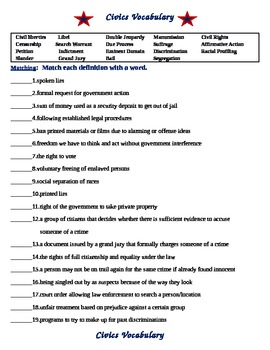

Model to students how to write sentences to compare and contrast features of the sub-categories using conjunctions such as:.Highlight differences on your table with a symbol (e.g.What is different between two or more of the categories?.Highlight similarities on your table with a particular colour.What is similar between two or more of the categories?.

Use questions to compare and contrast features of the sub-categories: For instance, complete a semantic feature analysis table comparing ‘rules’ with ‘laws’ initially.
Instruct students to complete their semantic feature analysis. Students read and discuss information from a range of sources provided by the teacher or self-sourced via the internet about the broad concept and its sub-categories. If this is the first time that students are using a semantic feature analysis table, model a worked example. Provide students with a Semantic Feature Analysis table (see below) that looks at features of the sub-categories of the broad concept. Students write the definition in their books. ‘Australian law’.īrainstorm words that the students associate with the broad conceptĬreate a joint definition of the broad concept drawing on students’ responses on the board (where applicable). Determine the key features that students should compare for the sub-categories (see the examples in the semantic feature analysis table below). For example, for the broad concept of ‘Australian law’, the sub-categories might be executive law, criminal law, civil law and customary law. Select sub-categories of words that students will learn in relation to a broad concept. The following steps demonstrate how to support students to compare Civics and Citizenship concepts using a semantic feature map. It is important for students to recognise the similarities, and differences, between these sub-categories of a broad concept to understand how Australia functions in a political, legal and societal context. When learning about Australian government, students will learn about key participants such as the Governor-General, the House of Representatives and the Senate. the different sub-categories that fall beneath these broader concepts.įor instance, when learning about Australian law, students will learn about different types of law such as statutory and common law. broad concepts such as the law, government and citizens,. In the Civics and Citizenship curriculum, students learn about Semantic feature analysis to compare concepts As new ‘base words’ with associated suffixes are learned in Civics and Citizenship, ask students to add them to their glossary. when is added to the end of the adjective. as in legal, or political, representation) 
Represent, it is nominalised to form the noun Nominalisation can be achieved by adding noun forming suffixes such as, ,, , or to base words. Nominalisation is the process of turning word groups into nouns. In Civics and Citizenship, base words might be transformed in the following ways: Nominalisationīase words can be nominalised to create the names of: Consequently, teachers can review and adapt other strategies to introduce abstract terms to students in other subjects, such as Note: This level of abstraction is common to all academic writing, not just Civics and Citizenship. For instance, rather than write ‘an Australian minister has duties in parliament, which include …’, we can write ‘an Australian minister’s parliamentary duties include …’. Suffixes are often used to transform the base word and make it more abstract and generalised (Shanahan & Shanahan, 2014). Semantic feature analysis for concept comparison.Two strategies to support students to develop their understanding of civics and citizenship vocabulary and concepts are: For example, what features might characterise a successful, contemporary democracy? ( ACARA, n.d., p.derive generalisations from these more abstract concepts.To fully understand what these abstract nouns represent, students need to: In Civics and Citizenship, students are exposed to vocabulary that uses quite sophisticated and complex abstraction, such as ‘democracy’, ‘freedom’ and ‘identity’. Understanding Civics and Citizenship vocabulary and concepts Semantic feature analysis to compare concepts.







 0 kommentar(er)
0 kommentar(er)
